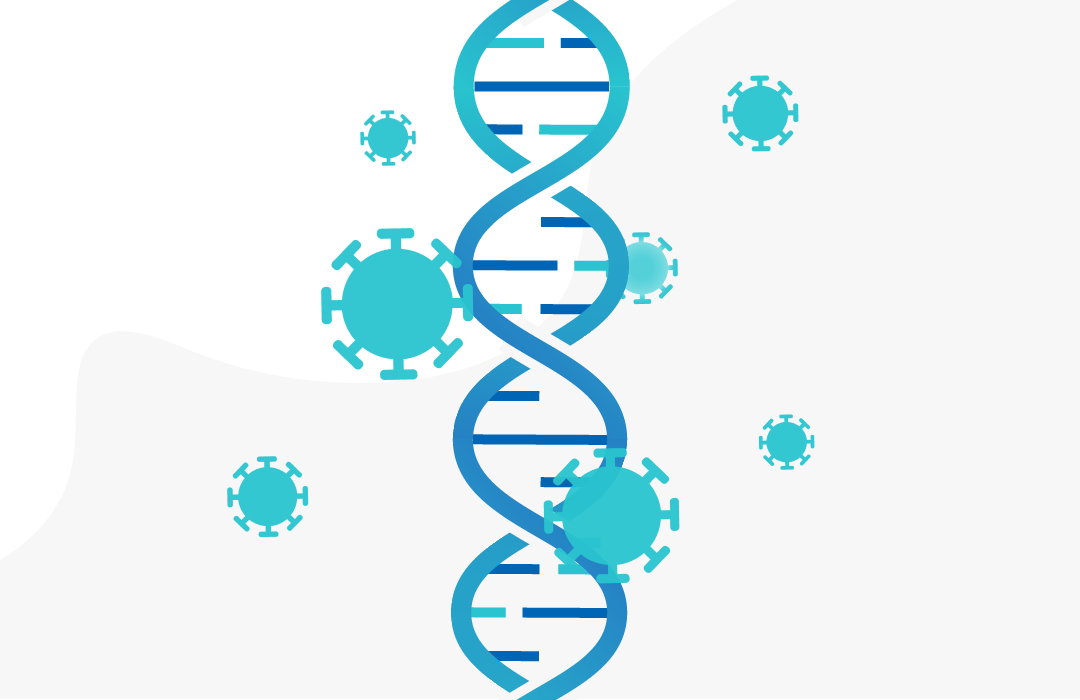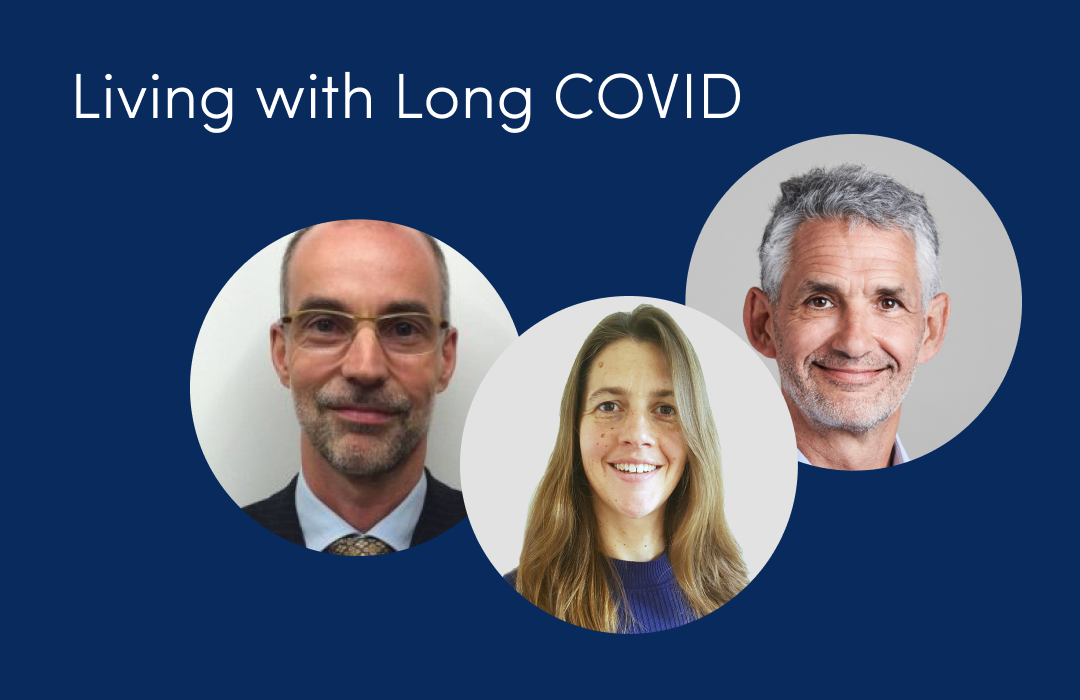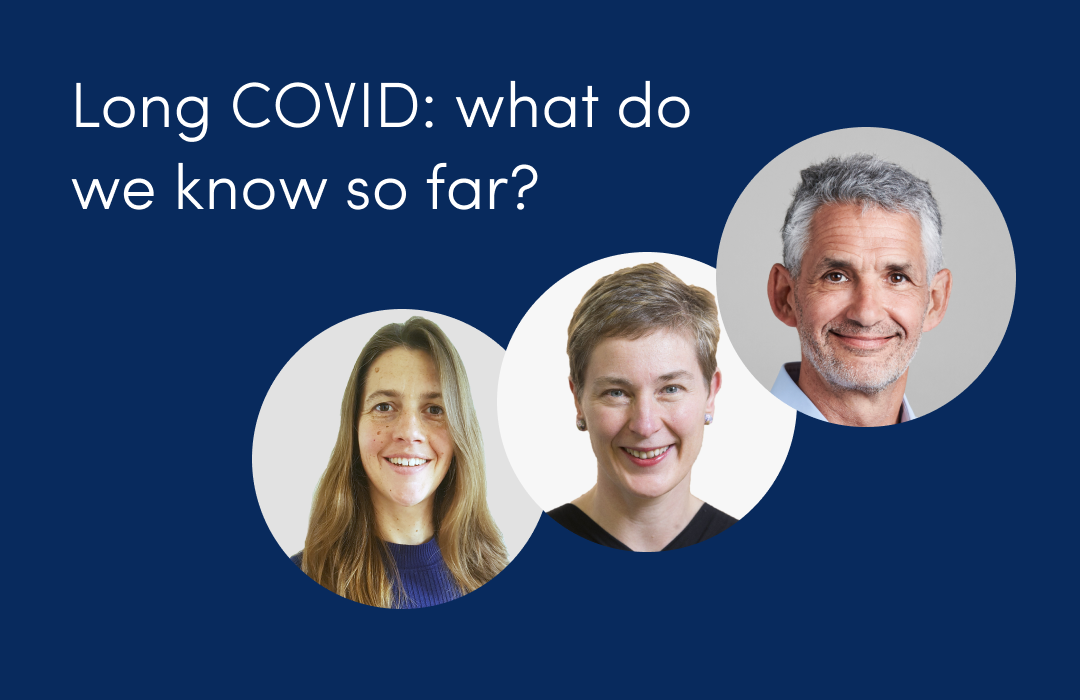_(1).png)
Our latest analysis of COVID vaccine reports is out now
April 28, 2021

This article has not been updated recently
Our analysis of vaccine reports from more than 600,000 ZOE COVID Symptom Study contributors is published today in the leading journal, The Lancet Infectious Diseases. We look at after effects, effectiveness, and what this means.
- The largest real-life study of COVID-19 vaccine effects in the world
- How do COVID vaccines make you feel?
- Will I experience vaccine after effects?
- How well are the COVID-19 vaccines working?
- What do the results mean?
The largest real-life study of COVID-19 vaccine effects in the world
Since the start of the national vaccine rollout in the UK, more than a million of you have logged your jabs and daily health reports in the ZOE COVID Study app..
We’ve been asking you to report on your general health for a week after vaccination, so that we can understand the impact of the vaccine on the whole body (systemic effects), as well as any pain and swelling at the injection site (local effects).
Today, together with researchers at King’s College London, we published a paper in the leading scientific journal, Lancet Infectious Diseases, looking at data from 627,383 ZOE contributors who received doses of the Pfizer or AstraZeneca vaccines between December 8th 2020 and March 10th 2021.
This is the largest ‘real world’ study directly comparing the two vaccines and investigating how many of you experience after effects.
How do COVID vaccines make you feel?
We asked you to report whole body (systemic) effects after your vaccine including headache, fatigue, chills and shivers, diarrhoea, fever, joint or muscle pains, and feeling sick (nausea).
We also asked about any effects in the arm where you had the jab, such as pain at the injection site, swelling, tenderness, redness, itching, warmth and swollen armpit glands.
We learned that around one in four people experience mild side effects from COVID-19 vaccines after receiving either the Pfizer or AstraZeneca vaccine, with headache and tiredness (fatigue) being the most common symptoms. Two thirds (66.2%) reported local effects in their arm after the jab, most commonly tenderness around the injection site.
Most after effects peaked within24 hours of vaccination and usually lasted 1-2 days.
Reassuringly, we found fewer side effects with both the Pfizer and AstraZeneca vaccines than have been reported in clinical trials.
Pfizer
In large-scale (Phase 3) clinical trials of the Pfizer vaccine, the most common after effects were pain at the injection site (71-83%), fatigue (34-47%) and headache (25-42%). But our analysis found fewer than 30% of ZOE contributors complained of pain around their injection site and fewer than 10% experienced fatigue or headache after the first dose.
AstraZeneca
In Phase 3 trials of the AstraZeneca vaccine, whole body (systemic) effects were found in 88% of younger participants (18-55 years) after the first dose, compared with 46.2% in our study.
You can read more in-depth posts about our findings on the after effects of the Pfizer and AstraZeneca vaccines on the blog.
Will I experience vaccine after effects?
Interestingly, we found that COVID vaccine after effects were more common among people under 55 years old and women especially.
ZOE contributors who had a confirmed case of prior COVID-19 were also three times more likely to have whole body effects after the first dose of the Pfizer vaccine and almost twice as likely after the AstraZeneca jab than people who had never knowingly been infected.
People who previously had COVID-19 were also more likely to experience local effects in their arm after their jab.
How well are the COVID-19 vaccines working?
While the full course of both the Pfizer and AstraZeneca vaccines is two shots up to 12 weeks apart, the good news is that there seems to be some degree of protection after just the first dose.
Pfizer
We found a 58% reduction in infection rates between 12 to 21 days after the first dose of the Pfizer vaccine, improving to a 69% reduction after 21 days.
AstraZeneca
We saw a 39% reduction in infection rates between 12 to 21 days after the first dose and a 60% reduction after 21 days. This is in line with findings from previous clinical trials and recent data from the Israeli vaccination programme.
Our data highlights that there is no real protection from infection for the first 12 days after vaccination, so maintain social distancing rules and be aware of any symptoms that you develop.
What do the results mean?
Tim Spector OBE, lead scientist on the ZOE COVID Symptom Study app and Professor of Genetic Epidemiology at King’s College London, says:
Our findings should reassure people that after effects from COVID vaccines are usually mild and short-lived, especially in the over 50s who are also most at risk from COVID-19. This study also shows the value of collecting real-time large-scale information about symptoms and after effects through the ZOE COVID Symptom Study app.
We’ll continue to monitor the impact and effectiveness of COVID vaccination in the UK, and will be looking at data on the Moderna vaccine once we have enough reports.
Download the ZOE COVID Study app and #LogYourJab to help us monitor the impact and effectiveness of COVID vaccines and bring the pandemic to an end.












.png)


.jpg)














.png)







%202.png)
.png)


















.png)






